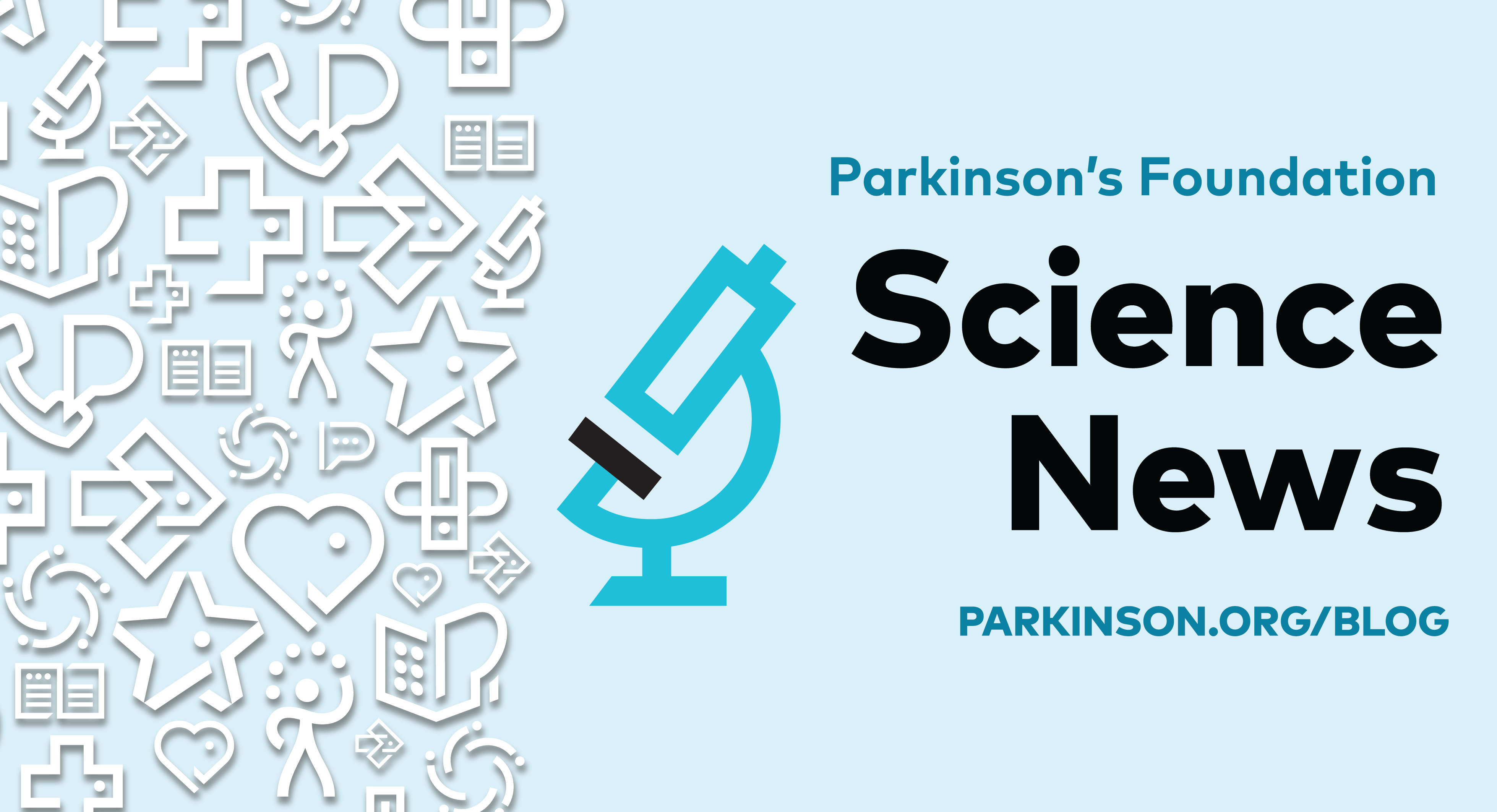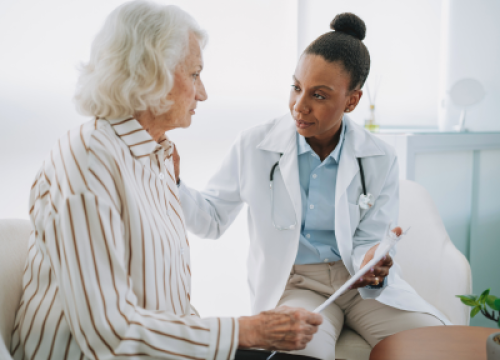The Unmet Needs of Women with Parkinson’s

Forty percent of the people living with Parkinson’s disease (PD) worldwide are women. Right now, in the U.S. there are more than 400,000 women living with PD. To this day, women are woefully underrepresented in PD research.
With the limited research we do have, compared to men with Parkinson’s, women with PD experience:
- Different motor and non-motor symptoms
- Different disease risk factors
- Different treatment side effects
- More challenges with access to healthcare delivery
- Less social support
The inherent biological, psychosocial (the influences of social factors on an individual’s behavior and mental health), sex and gender differences are seldom considered when research and care priorities are being selected.
400,000 women live with Parkinson’s
in the U.S.
Six women researchers, of whom five are doctors of medicine and three are living with PD, recently published a review article in the journal, Movement Disorders, titled, “Unmet Needs of Women Living with Parkinson's Disease: Gaps and Controversies” (Subramanian et al., 2022). They sought to rigorously evaluate and document the current knowledge, gaps and possible strategies to address the unmet needs of women living with PD, with a focus on the clinical and psychosocial aspects.
Summary
Below we summarize the authors findings, highlighting the distinctive experiences of women with Parkinson’s. The authors note that many research findings have not been conclusive yet. In addition, the researchers emphasized the need for additional studies focused on better understanding PD in women. Findings include:
Sex, Gender & Risk Factor Studies
- PD risk is lower in current male smokers, compared to current female smokers.
- Alcohol consumption had more pronounced risk-lowering effect in women than men.
- Very little is known about the experience of women with PD in the Lesbian, Gay, Bisexual, Transgender, Queer or Questioning plus other sexual identities (LGBTQ+) community.
- Discrimination and stigma as barriers to accessing care may hinder knowledge, diagnosis and involvement with multidisciplinary approaches to treatment.
- 33% of older members of the LGBTQ+ community reported experiencing stigma from their doctor, which led to general mistrust of the medical system.

Premenstrual, Pregnancy and Premenopausal
- Women often report worsening of motor symptoms, just prior to getting their menstrual period each month.
- Approximately 5% of women are diagnosed with PD before they turn 40, thus how PD impacts pregnancy warrants further study.
- PD symptoms have been reported to worsen during pregnancy and postpartum.
- Women often report premenopausal worsening of PD symptoms, also possibly due to a decrease in estrogen.
Sex Hormones Studies
- Estrogen may be neuroprotective, possibly accounting for later PD onset in women.
- Longer duration of hormone replacement therapy in women with natural menopause was associated with reduced risk of PD.
- Whether hormone replacement therapy is beneficial in treating fluctuations in PD symptoms during peri-menopause and post-menopause remains unclear.
Care
- The public (and physicians) believe PD is a disease primarily of elderly white men.
- Women experience a delay in getting an accurate diagnosis of PD and getting a referral to a movement disorder specialist.
- Women often downplay symptoms, and/or may not realize the symptoms are PD-related.
- Women are less likely to get advanced treatments, such as deep brain stimulation (DBS), despite the potential for quality-of-life improvements in mobility.
Mental Health Issues
- Despite decreased abilities, women with PD often continue performing their usual activities, including working and caretaking for family and home. Men with PD do not.
- Women who perceive themselves as caregivers are more likely to be in poor health, have difficulty in accessing needed medical care, and experience greater degrees of depression.
- Women with PD have significantly less social support, more psychological distress, and worse self-reported (but not physician-reported) disability and health-related quality-of-life at initial PD care visits, compared to men.
Relationship Issues
- Married women with PD, with disability, receive fewer hours of informal caregiving compared to married men with the same level of limitations.
- Women living with an illness are more likely to need non-spousal help to fill in the gaps in their needs.
- Women with PD are more likely to live in a nursing home compared to men with PD.

Top 12 Unmet Needs of Women with Parkinson’s
Below are some of the unmet needs of women with Parkinson’s the authors highlight:
- Customizing treatment for women’s body weight and unique drug metabolism
- Developing a tool to communicate with providers and improve symptom tracking (including the tracking of menstrual cycles, pregnancy, peri-and post-menopause)
- Improving access to subspecialty care and advanced therapies (i.e., DBS) for women with PD Guiding self-care/stress reduction strategies for women with PD
- Guiding self-care/stress reduction strategies for women with PD
- Creating culturally sensitive resources for communities, including LGBTQ+ and women of color, with PD — guide planning for the future, especially for single women
- Educating male caregivers with carefully chosen and organized resources and support
- Increasing awareness in the community to improve the recognition of PD in women and the intersection of other representative populations
- Educating health care professionals on the importance of referral to a movement disorders specialist for women
- Increasing awareness of hormonal stages in the lives of women with PD
- Understanding why women are not engaging in research and develop strategies to improve engagement
- Recruiting more women in clinical drug trials to improve counseling on the effects and side effects of treatments
- Conducting research on reproductive factors (e.g., natural vs. surgical menopause) on PD risk in women and the protective effects of estrogen and effects of timing of exposure
What does this mean?
In 1993, it became federal law that the National Institutes of Health (NIH) — the world’s largest funder of biomedical research — had to include women as well as men in clinical studies. However, even when women have been included, the influence of sex or gender is neither widely analyzed nor reported. PD is no exception.
PD is erroneously represented as a disease of white, older men. However, Parkinson’s cannot be fully understood without increased representation of women and underserved populations in PD research. Without being represented in PD research women will continue to experience disparities in treatment and care.
Women experience a delayed diagnosis of PD compared to men. In short, best practices need to be established for all healthcare professionals who provide care to women with PD. Healthcare professionals (including all training) should work to include the unique symptoms of women and the impact of estrogen level changes during menstruation, pregnancy and menopause and how that may affect medications.
It is essential that empowering patient educational tools be created. For example, the authors propose a symptom diary that includes hormonal cycle tracking and a PD symptom reporting guide to help women communicate their personal motor and non-motor symptoms with their healthcare professionals.
Lastly, to help address unmet research and care needs of women with Parkinson’s, the Foundation created the first national agenda specific to women with PD. This agenda identified research and care practices that better capture the needs of women. We need to continue to diversify Parkinson’s research that will ultimately help further treatments for everyone living with this disease.
Learn More
The Parkinson’s Foundation believes in empowering the Parkinson’s community through education. Learn more about women and PD by visiting the below Parkinson’s Foundation resources, or by calling our free Helpline at 1-800-4PD-INFO (473-4636) for answers to your Parkinson’s questions.
Related Blog Posts

Neuro Talk: Newly Diagnosed

20 Parkinson’s-Friendly Gifts
